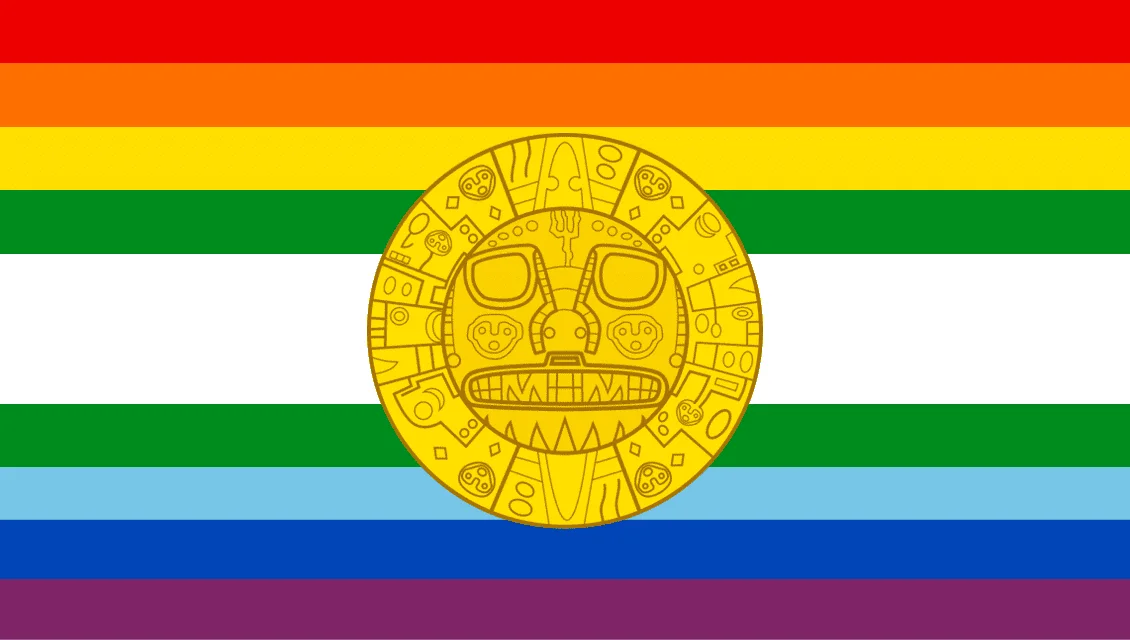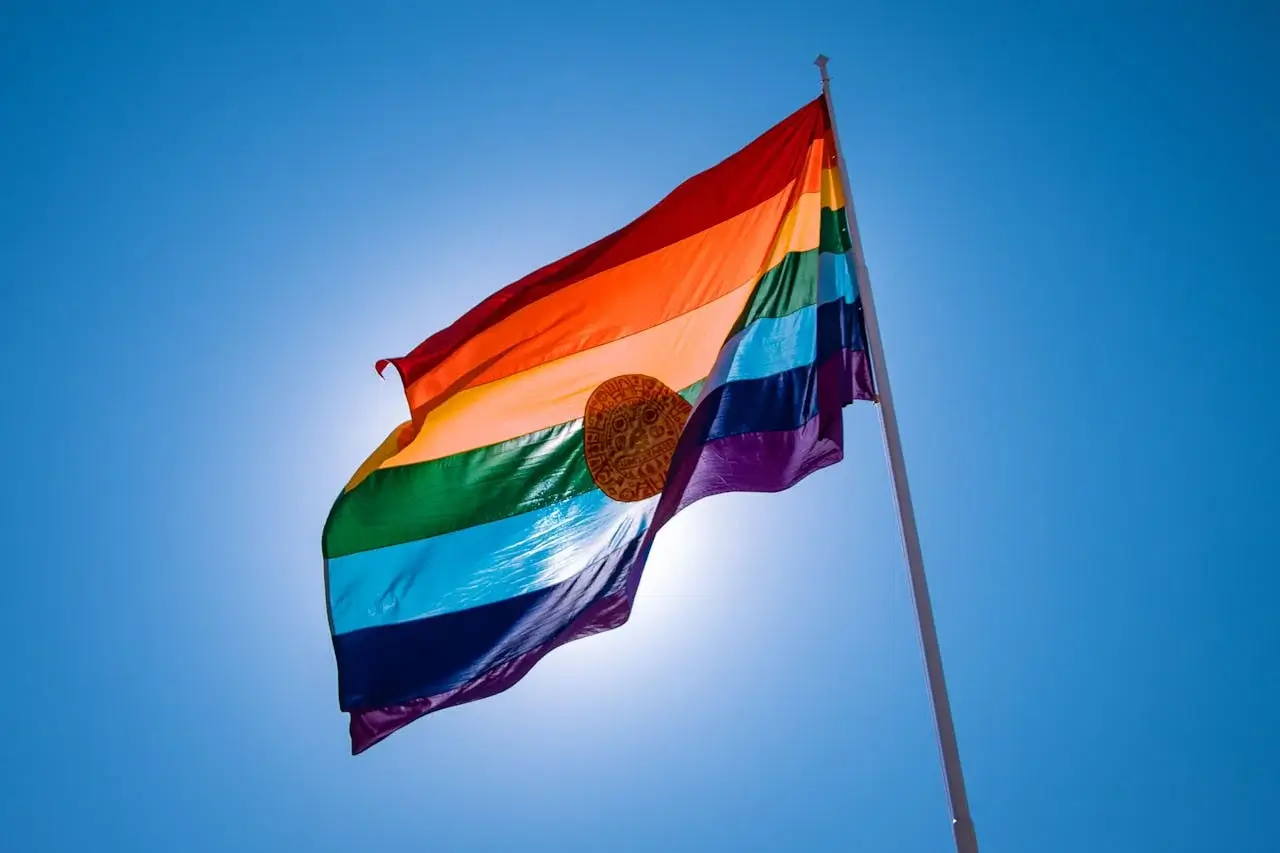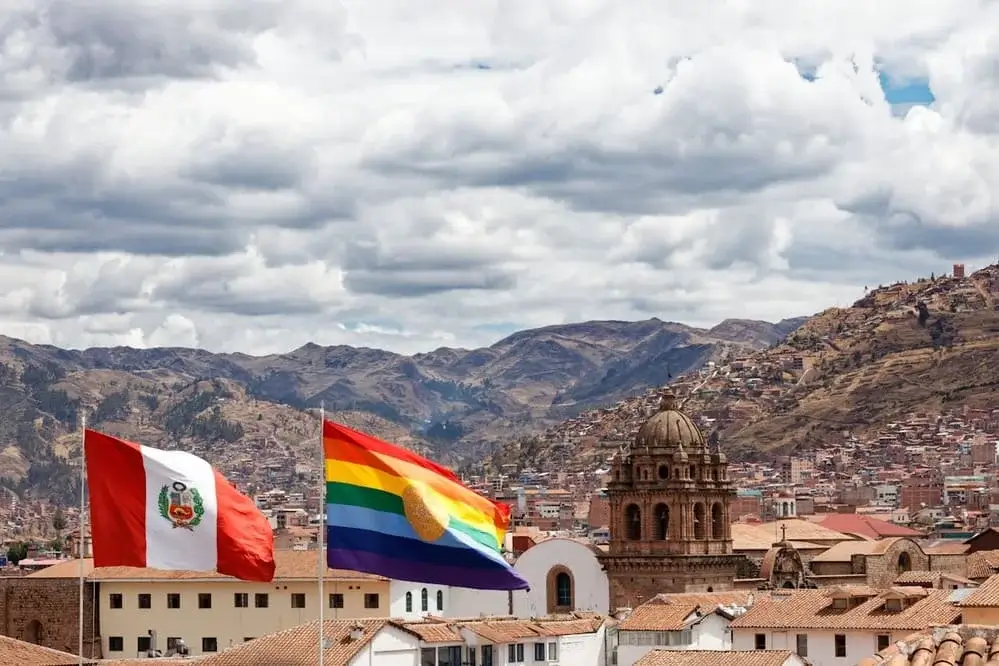Visitors are frequently astounded by the sight of a multicolored rainbow flag gracefully waving from balconies, lampposts, and government buildings as they stroll through the lively streets of Cusco, the former center of the Inca Empire. Many people mistake this vibrant banner for the LGBTQ+ Pride flag at first glance, but it actually tells a tale of historical myth, cultural symbolism, and regional identity.
This article explores the many facets of the so-called Cusco flag, including its spiritual meaning, modern origins, and relationship or lack there of to Inca history. This is your go-to resource for comprehending one of the most misinterpreted flags in the world, whether you're an adventurer, history buff, or organizing your next family vacation to Peru.
What Is the Cusco Flag?
The Cusco flag, commonly referred to as the Flag of Tahuantinsuyo, features seven horizontal stripes of red, orange, yellow, green, cyan, blue, and violet resembling a rainbow. While it is often assumed to be a direct representation of the Inca Empire, this belief is actually a modern myth. The flag today represents Cusco’s regional pride and cultural identity, but not the historical reality of the Inca civilization.
You may also be interested in learning more about the Peruvian Flag, read more here.
1. Cusco Flag vs. Pride Flag: How to Tell the Difference
Confusion arises because of the visual similarities between the Cusco flag and the LGBTQ+ Pride flag, created by Gilbert Baker in 1978. Here’s a quick comparison:
| Feature | Cusco Flag | LGBTQ+ Pride Flag |
|---|---|---|
| Stripes | 7 | 6 |
| Added in 1973 | Yes | No |
| Cyan (light blue) | Yes | No |
| Represents | Inca heritage (modern) | LGBTQ+ community |
| Origin | Peru (Radio Tawantinsuyo) | USA (San Francisco) |
Despite their rainbow theme, their intent, history, and meaning are fundamentally different.
2. Did the Incas Have a Flag?
The short answer is no.
The Inca Empire had no idea of a national flag, according to reputable Peruvian historians like María Rostworowski. As part of a wave of regional nationalism and cultural revival in the 20th century, the notion of linking a flag to the Tahuantinsuyo (Inca Empire) is a modern invention.
3. The True Origin: Radio Tawantinsuyo & the 1970s
Raúl Montesinos Espejo, the founder of Radio Tawantinsuyo, first used the rainbow flag, which is associated with the Inca Empire, in 1973 to mark the station's 25th anniversary. In 1978, a few months before the Pride flag was introduced globally, the Municipality of Cusco adopted it.
The purpose of this symbolic adoption was to recover a cultural identity at a time when interest in indigenous heritage was on the rise.
4. The Wiphala: A Truly Ancient Indigenous Flag
If you're looking for an authentic pre-Columbian flag, look no further than the Wiphala. This checkerboard banner of 49 squares in a 7x7 layout predates modern flags and is used by Aymara and Quechua communities across the Andes.
Each color of the Wiphala carries deep spiritual and societal meaning, including:
- Red: Earth and the ancestors
- Orange: Culture and society
- Yellow: Energy and the sun
- Green: Nature and fertility
- Blue: Sky and the cosmos
- Violet: Harmony and duality
- White: Time and spirituality
Today, the Wiphala is recognized officially in Bolivia, and it’s frequently displayed during indigenous ceremonies in Peru.
5. What Do the Colors of the Cusco Flag Mean?
Although not based in Inca tradition, the modern Cusco flag’s colors have taken on symbolic interpretations over time:
- Red: The blood of the people and strength
- Orange: Society and culture
- Yellow: Gold and the sun
- Green: Natural wealth and harmony
- Cyan: The Andes and hope
- Blue: The sky and peace
- Violet: The Andean mysticism
In 2021, the Sun of Echenique was added to the flag, offering a symbolic tie to Andean tradition and Peru’s 19th-century independence.
Where to See the Cusco Flag Today
The Cusco flag is flown throughout the historic city center, particularly in Plaza de Armas, government buildings, and during June's Festival of the Sun, or Inti Raymi. Additionally, schools, local parades, and souvenir shops use it.
At Andean Travel Experience, we recommend seeing it during your visit to:
- Sacsayhuamán (during the June Solstice festival)
- Qoricancha Temple
- Cusco Cathedral
- Local markets in San Pedro or San Blas
FACTS About the Cusco Rainbow Flag
The Cusco rainbow flag is NOT an Inca-era symbol.
Historians such as María Rostworowski and Hernán Amat Olazábal have confirmed that there is no documented evidence that the Inca Empire ever used a rainbow flag as a national emblem.
The commonly seen “Flag of Tahuantinsuyo” was created in the 20th century.
Its earliest known public use was in 1973, when Raúl Montesinos Espejo, founder of Radio Tawantinsuyo, adopted it for the station’s 25th anniversary.
The Municipality of Cusco officially adopted the rainbow-style flag in 1978.
It became a symbol of Cusco’s regional identity during a wave of cultural revival and growing interest in Andean heritage.
The Cusco flag predates the global spread of the LGBTQ+ Pride flag by only a few months.
The Pride flag, designed by Gilbert Baker, debuted in San Francisco in June 1978, shortly after Cusco adopted its rainbow flag.
The Cusco flag has seven horizontal stripes, unlike the LGBTQ+ Pride flag, which has six.
The Cusco flag includes cyan (light blue), a stripe not present in the Pride flag.
The Inca Empire did not have a national flag.
There is no colonial-era chronicle, archaeological finding, or Incan textile record that confirms the existence of an official state flag.
The “Wiphala” is one of the few pre-Hispanic symbols that function similarly to a flag.
It is used by Aymara and Quechua communities and features a 7×7 checkerboard with deep cultural significance.
The colors of the Cusco flag have acquired modern symbolic interpretations.
These meanings developed over time and are not based on verified Inca sources. Examples include:
- Red – strength
- Yellow – sun
- Blue – sky
- Violet – Andean mysticism
These associations reflect contemporary cultural identity, not historical fact.
The Cusco flag remains one of the most misunderstood symbols in Peru.
Its visual similarity to the Pride flag means visitors often assume they are the same, but their origins, symbolism, and purposes are entirely different.
By providing a deeper context for the locations you see, knowing the history behind this flag can enhance your trip to Cusco. Ask your local guide to point out important sites and tales that are hidden from view when you make a reservation with Andean Travel Experience.
Though not historically Incan, the Cusco flag has become a powerful symbol of modern Andean identity, unity, and pride. It reflects how people today reclaim and reinterpret their history, keeping cultural stories alive through modern means.
As you walk through the cobbled streets of Cusco, look up because every wave of that rainbow flag tells a story of connection, resilience, and cultural evolution.



